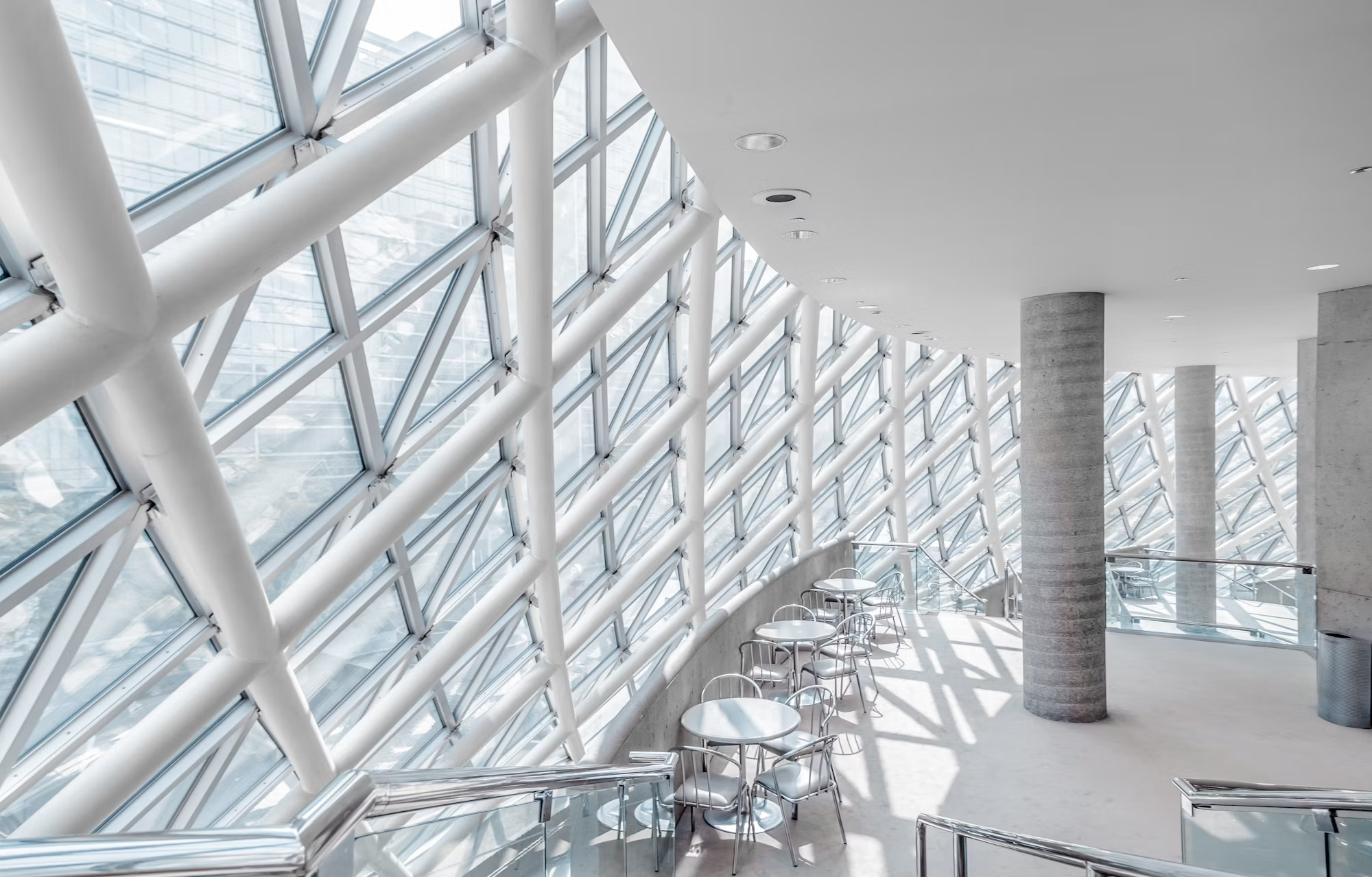As we navigate the digital age, museums are undergoing a profound transformation driven by interactive technology. This evolution not only enhances visitor engagement but also redefines the very role of museums in society. By integrating cutting-edge technology into their exhibits and programs, museums are creating immersive experiences that captivate audiences and foster a deeper understanding of art, history, and culture. This article delves into the various ways interactive technology is impacting modern museums and the implications for visitors and institutions alike.
Traditionally, museums have been seen as places where artifacts are displayed behind glass, inviting passive observation. However, the advent of interactive technology has revolutionized this approach, shifting the focus from passive viewing to active participation. Today’s visitors are no longer just observers; they are encouraged to engage with exhibits through interactive displays, virtual reality (VR), and augmented reality (AR). This shift is crucial in making museum experiences more dynamic and memorable.
One of the most significant advancements in this realm is the integration of VR and AR technologies. These tools allow museums to create immersive environments that transport visitors to different times and places. For instance, a visitor at a natural history museum can don a VR headset and find themselves exploring a prehistoric landscape, interacting with virtual dinosaurs in their natural habitat. Similarly, AR applications can enhance traditional exhibits by overlaying digital information on physical artifacts, providing additional context and stories that enrich the visitor experience.
Art museums have also embraced these technologies, offering innovative ways for visitors to interact with artworks. Institutions like The Louvre and The Museum of Modern Art (MoMA) have developed AR apps that allow guests to visualize paintings in new dimensions, revealing hidden details and layers of meaning. By making art more accessible and engaging, these technologies break down barriers and encourage a broader audience to appreciate and explore the creative process behind each piece.
In addition to enhancing the visitor experience, interactive technology also plays a critical role in education. Museums are increasingly developing educational programs that incorporate digital tools, enabling learners of all ages to engage with content in innovative ways. Interactive workshops and online resources allow students to explore complex subjects, fostering curiosity and critical thinking. For example, a history museum might offer an interactive timeline that allows students to click through significant events, engaging them in a way that textbooks alone cannot.
Moreover, technology can enhance accessibility for diverse audiences. Interactive tools, such as touchscreens with multiple language options or audio guides that cater to different learning styles, ensure that everyone can engage with the museum’s content. For individuals with disabilities, virtual experiences can provide access to exhibits that may be physically challenging to navigate. By prioritizing inclusivity, museums can foster a welcoming environment for all visitors, expanding their reach and impact.
As museums continue to innovate, they are also leveraging social media and online platforms to connect with audiences beyond their physical walls. Virtual exhibitions and online tours allow museums to share their collections with global audiences, inviting individuals who may never have the opportunity to visit in person. This digital engagement has become especially vital in recent years, enabling museums to maintain connections with their communities and share their valuable resources during challenging times.
Another exciting trend is the rise of gamification in museum experiences. By incorporating game-like elements into exhibits, museums can make learning more engaging and fun. Interactive quizzes, scavenger hunts, and challenges encourage visitors to explore the museum and interact with its content in a playful manner. This approach not only enhances the overall experience but also promotes retention of knowledge, as visitors are more likely to remember information they learned through interactive play.
Collaborations between museums and technology companies are also becoming increasingly common. These partnerships enable museums to access the latest innovations and develop cutting-edge exhibits. For instance, tech companies might provide expertise in developing VR experiences or creating interactive installations that utilize artificial intelligence. Such collaborations not only enhance the museum experience but also foster an environment of creativity and innovation within the institution.
The role of museum staff is also evolving alongside these technological advancements. Curators and educators must now possess a diverse skill set that includes familiarity with digital tools and an understanding of how to create engaging, interactive experiences. Training programs and workshops are essential for ensuring that museum professionals are equipped to navigate this new landscape. By fostering a culture of continuous learning, museums can remain at the forefront of innovation and effectively engage their audiences.
However, the integration of technology in museums is not without its challenges. Balancing the use of digital tools with the preservation of artifacts is a delicate task. Museums must carefully consider how to implement technology without compromising the integrity of their collections. Additionally, ensuring that technology is user-friendly and accessible to all visitors requires ongoing evaluation and adaptation. Museums need to be proactive in seeking feedback from audiences to refine their offerings continually.
Despite these challenges, the benefits of interactive technology in museums are undeniable. By enhancing visitor engagement, fostering education, and promoting inclusivity, technology is transforming the way people experience culture and history. As museums continue to embrace these innovations, they are poised to play an even more significant role in shaping public understanding and appreciation of art, science, and heritage.
In conclusion, the impact of interactive technology on modern museums is profound and far-reaching. By creating immersive, engaging experiences, museums are redefining their role in society and enhancing the way visitors connect with their collections. As technology continues to advance, the future of museums looks promising, offering exciting opportunities for education, engagement, and cultural exchange. As we move forward, it will be fascinating to see how museums continue to adapt and innovate, ensuring that they remain vital spaces for learning and inspiration in our ever-changing world.





